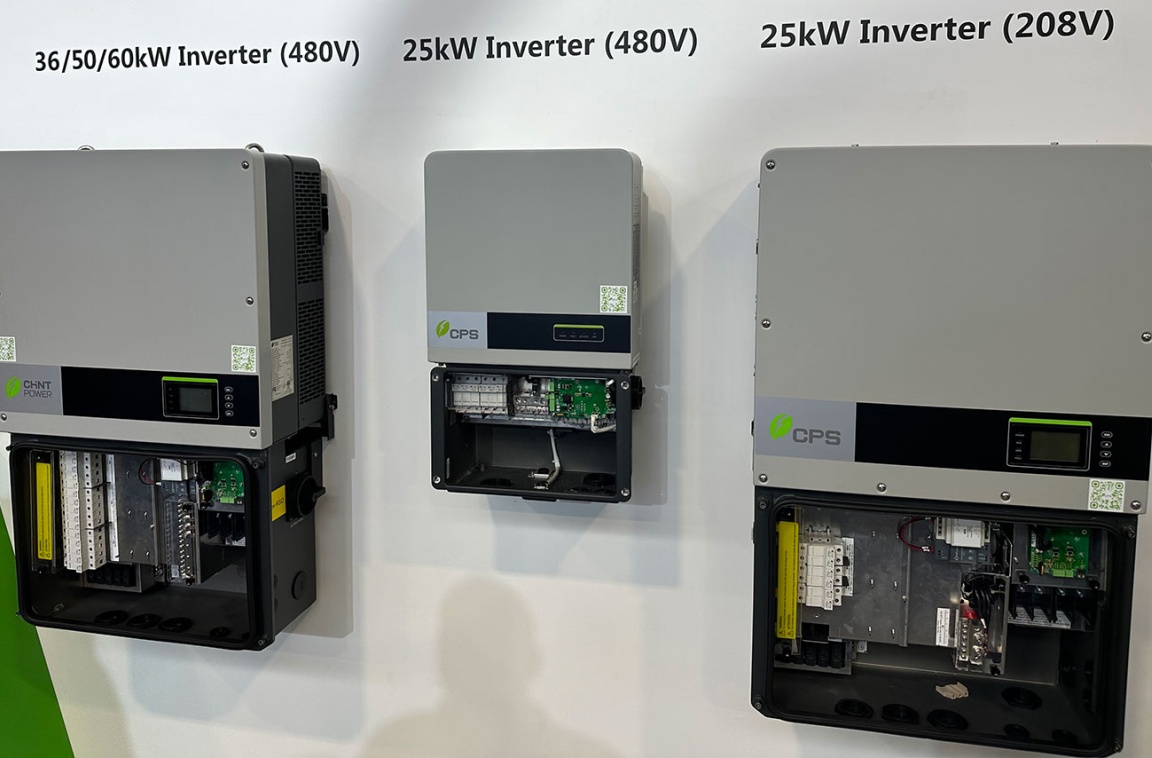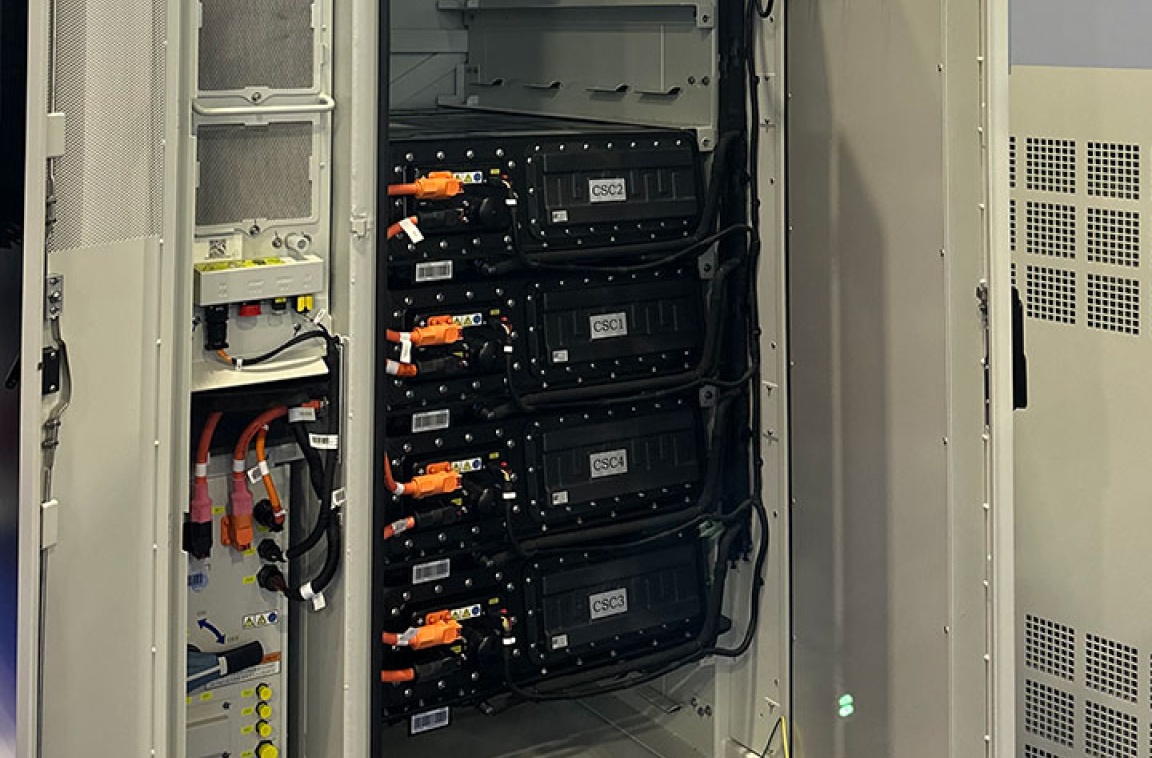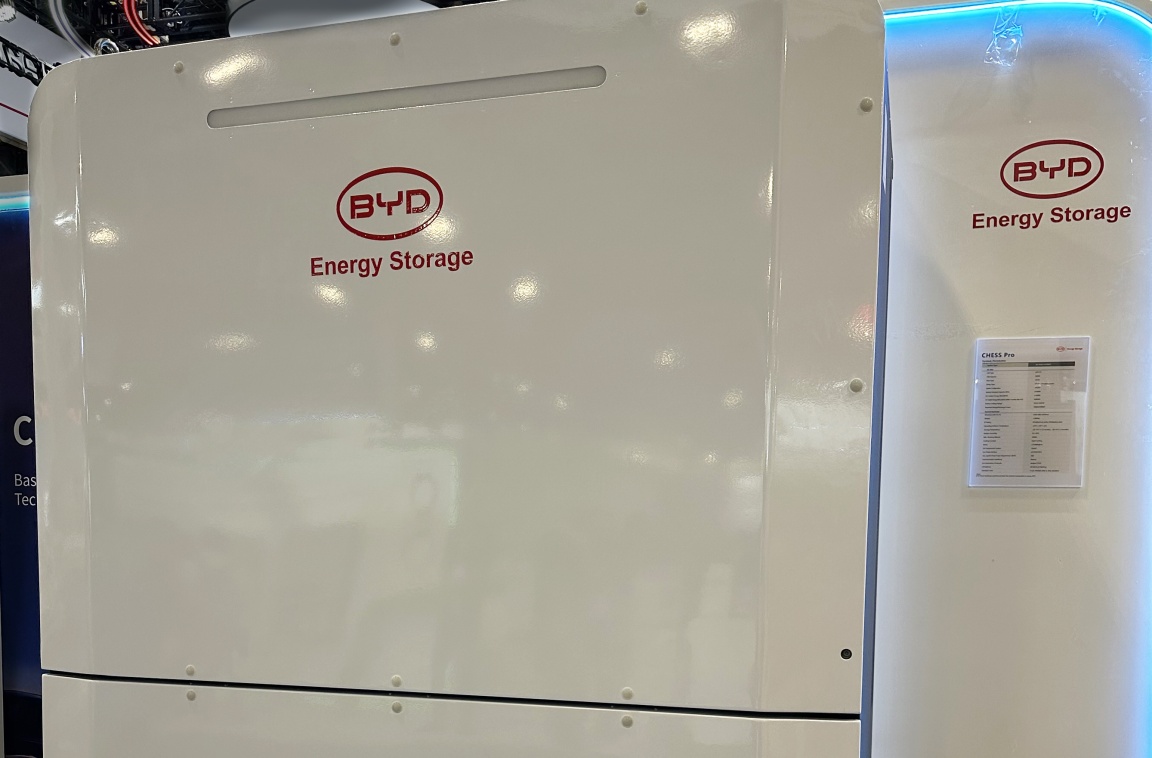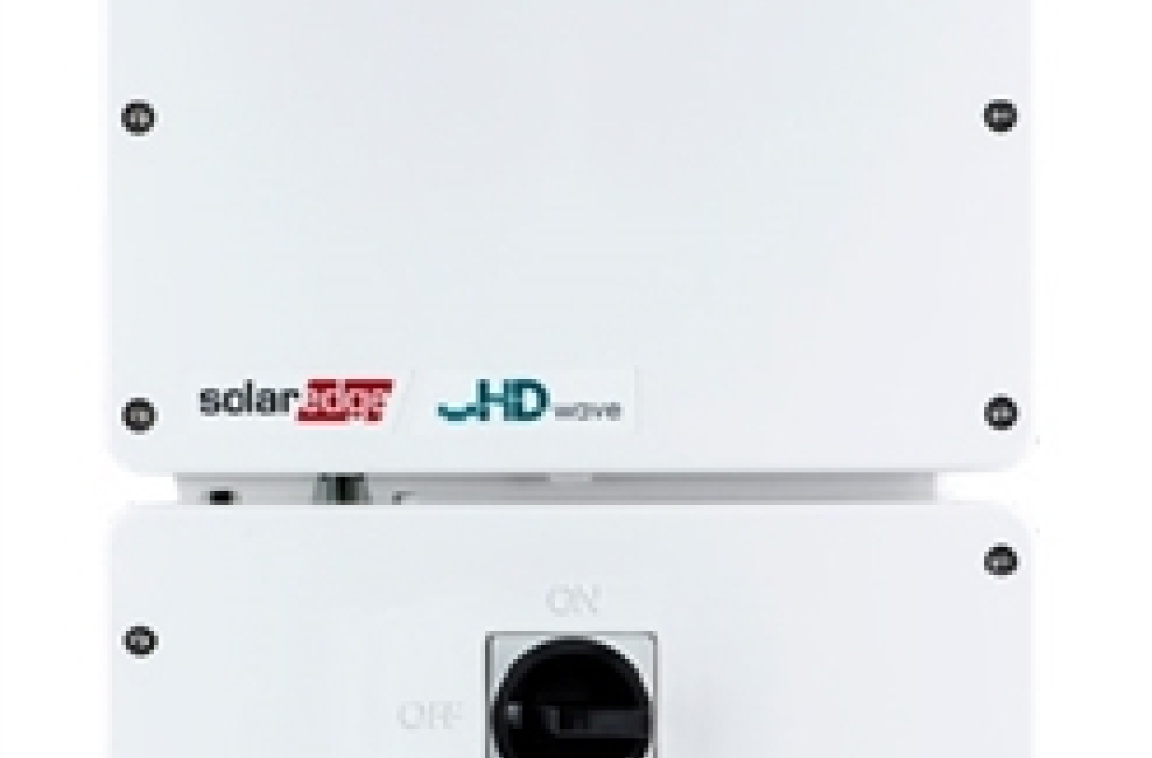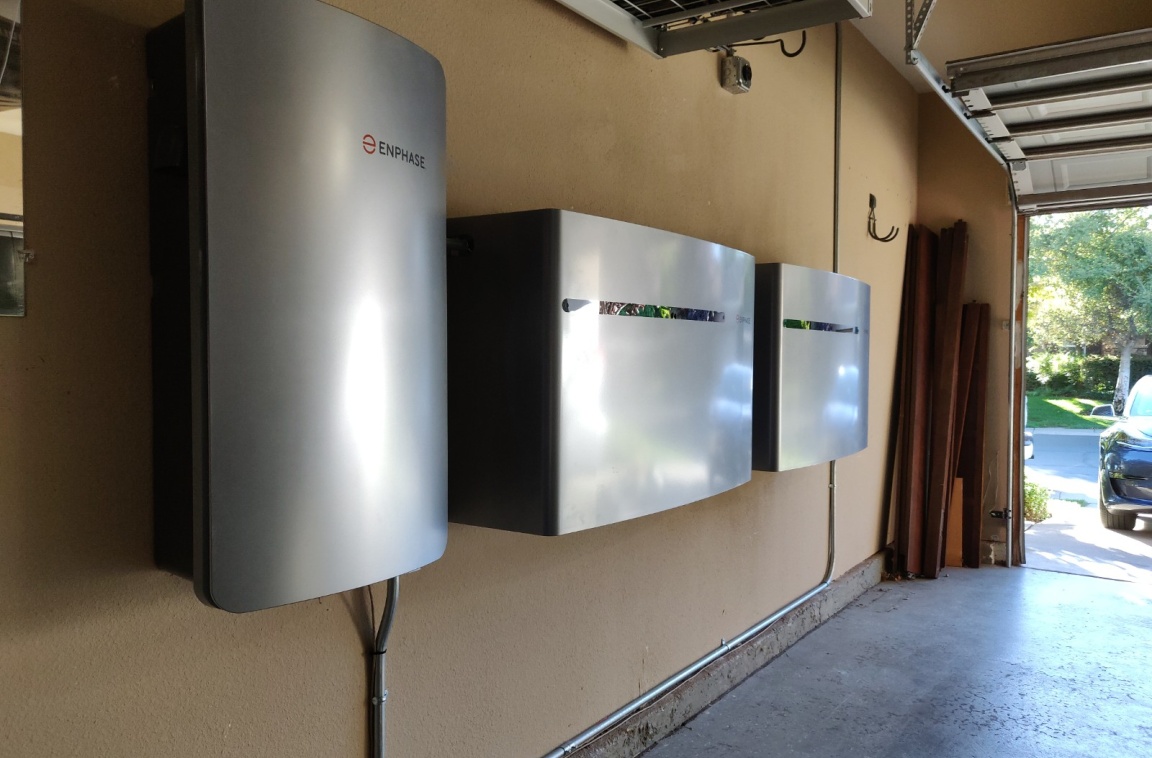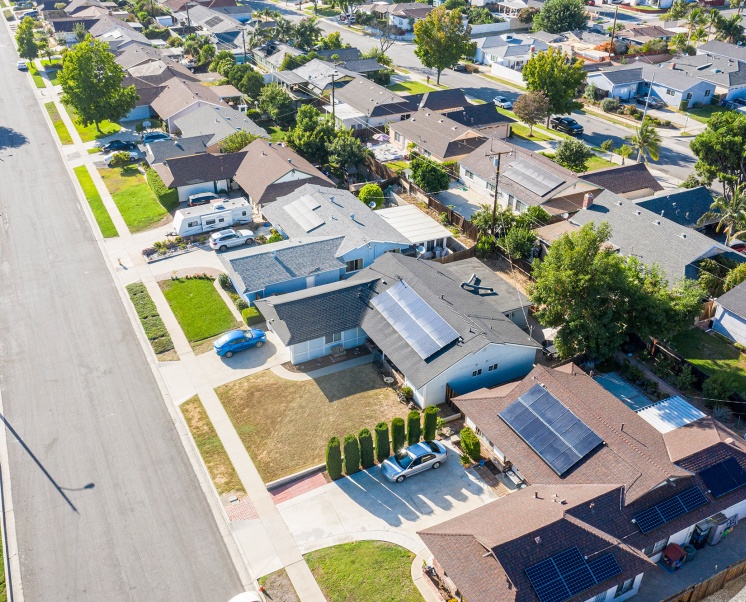
Decreasing Costs of Batteries
The growth in electric vehicles has spurred increased innovation and manufacturing of batteries. Companies like Panasonic — who is one of the largest suppliers to EV manufacturers — are making battery cells and modules for storage systems.
Other large, multi-national companies like LG, Samsung, BYD, CATL are ramping up production as well. This will continue to increase capacity and reduce costs for battery systems.
Speak with someone now.
We Built the Complete Guide to California Title 24 Solar and Battery Requirements


